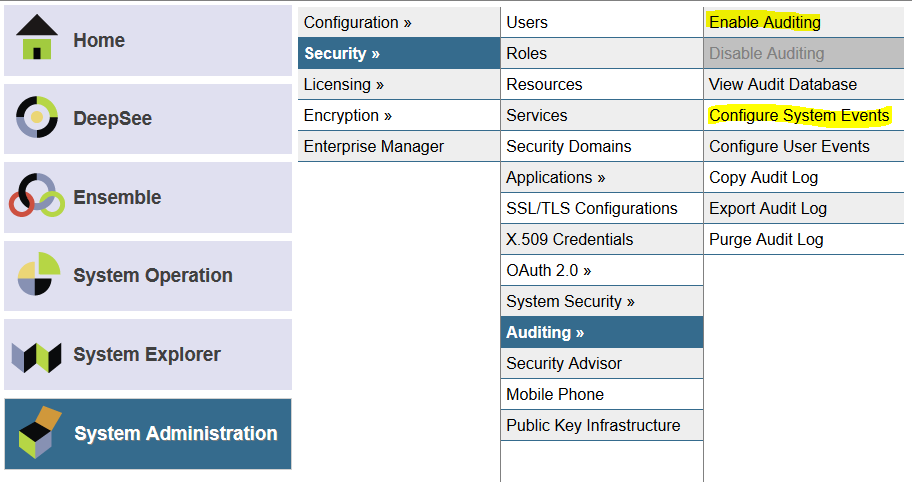The Atelier beta update channel:
https://atelier.artifactoryonline.com/atelier/updates/beta/1.1
offers the latest features and bug fixes. It now updates your installation of Atelier to build 1.1.291 for Mac, Windows, Red Hat and SUSE. Here’s an account of what’s recently been improved:
New Features:



